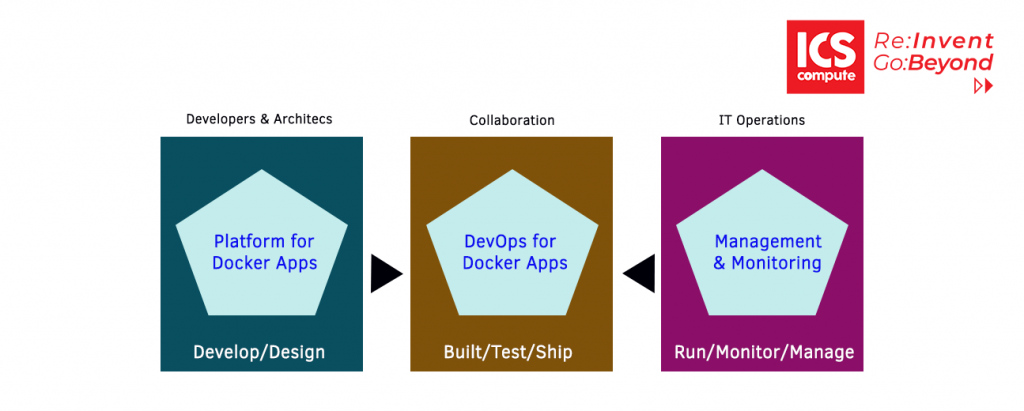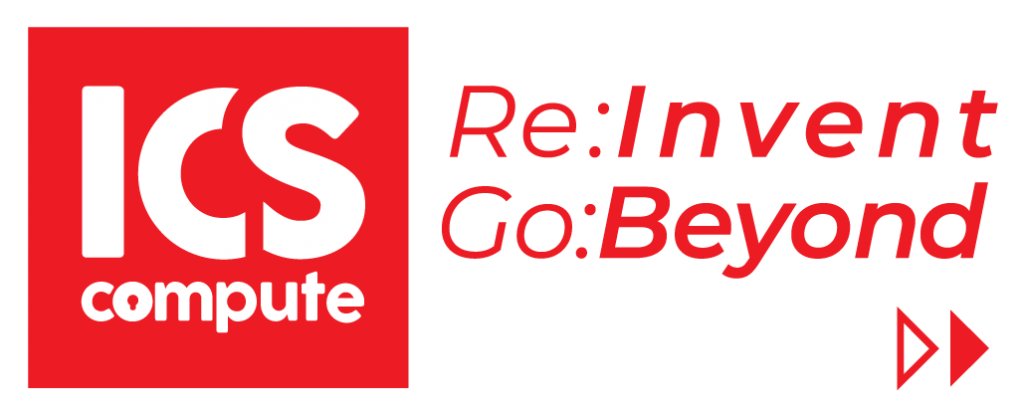Docker technology for Containers in DevOps collaboration

Usually, developers find some problems in working on DevOps, and these problems can be helped with Containers and Docker technology. Indirectly, containers and Docker bring developers and IT operations closer together, making it easier for them to collaborate effectively. Adopting the container workflow provides many customers with the DevOps continuity they’ve sought but previously had to implement via a more complex configuration for release and build pipelines. With Docker containers, developers own what’s within the container (application and service, and dependencies to frameworks and components) and how the containers and services behave together as an application composed by a collection of services.

In the pillar on the left side, developers write and run code locally in Docker containers by using Docker for Windows or Mac. They define the operating environment for the code by using a Dockerfile that specifies the base operating system to run as well as the build steps for building their code into a Docker image.
The DevOps pillar defines the build–Continuous Integration (CI) pipelines using the Dockerfile provided in the code repository. The CI system pulls the base container images from the selected Docker registry and builds the custom Docker images for the application. The images then are validated and pushed to the Docker registry used for the deployments to multiple environments.
In the pillar on the right, operations teams manage deployed applications and infrastructure in production while monitoring the environment and applications so that they can provide feedback and insights to the development team about how the application might be improved. Container apps are typically run in production using container orchestrators like Kubernetes, where usually Helm charts are used to configure deployment units, instead of docker-compose files.
Challenges in the application life cycle when using Docker.
There are many reasons that will increase the number of containerized applications in the upcoming years, and one of these reasons is the creation of applications based on microservices. The use of Docker containerization and microservices causes new challenges in the development process of your organizations and therefore, you need a solid strategy to maintain many containers and microservices running on production systems. Eventually, enterprise applications will have hundreds or thousands of containers/instances running in production.
These challenges create new demands when using DevOps tools, so you’ll have to define new processes in your DevOps activities, and find answers for the following type of questions:
These challenges create new demands when using DevOps tools, so you’ll have to define new processes in your DevOps activities, and find answers for the following type of questions:
– Which tools can I use for development, CI/CD, management and operations ?
– How can my company manage errors in containers when running in production ?
– How can we change pieces of our software in production with minimum downtime ?
– How can we scale and monitor our production system ?
– How can we include the testing and deployment of containers in our release pipeline ?
If you can answer all those questions, you’ll be better prepared to move your applications (existing or new apps) to Docker containers.
Benefits of DevOps for containerized applications
Here are some of the most important benefits provided by a solid DevOps workflow:
– Deliver better-quality software, faster and with better compliance.
– Drive continuous improvement and adjustments earlier and more economically.
– Increase transparency and collaboration among stakeholders involved in delivering and operating software.


